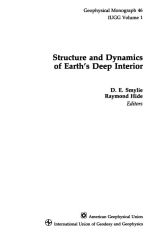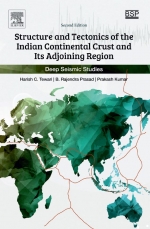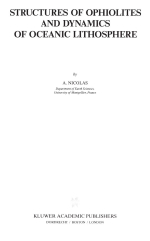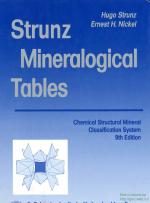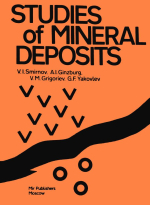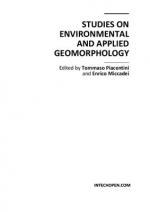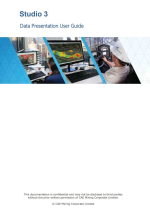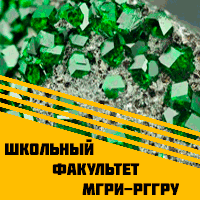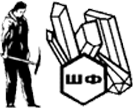The chemical-structural mineral classification system developed since the first edition of Mineralogische Tabellen (1941) evolved from the chemical mineral system of Haiiy (1801), which was based on cations, and of Berzelius (1814,1824), based on anions, followed by the chemical-morphological system of Gustav Rose (1838.1852). the periodic system of the chemical elements (cf. Introduction), and finally by the developing knowledge of atomic crystal structures (since Laue, 1912, Bragg, 1913).
The classification system used in the first, and subsequent editions of Mineralogische Tabellen. combines chemical features with structural principles, such as structure types, cation size and coordination numbers; minerals are generally arranged according to increasing cation size. A characteristic scheme of chemical formulae was introduced, as well as internationalized names, such as neso- to tektosilicates. International priority principles have always been acknowledged.
Since the last edition (1978), technological developments, such as improved electron microscopy (since Ernst Ruska, 1931), chemical analysis by microprobe (since Raymond Castaing, 1951). scanning electron microscopy (since Oatley & McMullan, 1952), automatic computer-controlled instrumentation and software for structure determination, have made it possible to carry out the chemical, structural, morphological and physical characterization of tiny particles of new minerals (on the scale of micrograms) within a few days or weeks; computerized structural and morphological drawings can be produced within minutes.
As a result, the number of minerals approved by the Commission on New Minerals & Mineral Names of the IMA (International Mineralogical Association) has grown from about 2500 in 1978 to about 4000 at present, with about 60 to 80 new minerals added each year.
In this edition, the world of minerals is divided by chemical features into ten classes, each of which is subdivided, on chemical-structural principles, into divisions, subdivisions, groups of isotypic and homeotypic minerals, or individual minerals with unique structure types; groups with two or more mineral names comprise minerals with similar structure or composition. The classification system and alphanumeric coding scheme used in this 9,h edition of the Strunz Mineralogical Tables were presented at the 1994 IMA meeting in Pisa. They permit the insertion of thousands of new minerals in the future without changing the basic classification framework.
The authors gratefully acknowledge the contributions to this volume made by a number of mineralogical colleagues, particularly Emil Makovicky for helpful suggestions relating to the sulfide and sulfosalt classification, and Friedrich Liebau for constructive critical reading of the cyclo- and inosilicate portions of the manuscript. We also acknowledge the contribution made by Irmgard Stolle, Berlin, who provided assistance in the preparation of the manuscript.
This contribution to mineralogy is indebted to about seven generations of diligent and active researchers over a period of two hundred years. The authors welcome suggestions for improvements.





